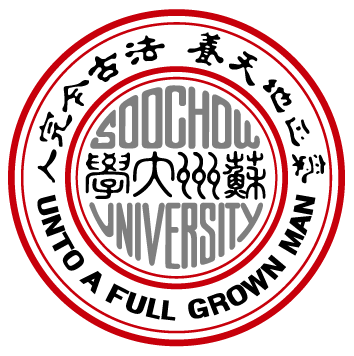GanLM: Encoder-Decoder Pre-training with an Auxiliary Discriminator
Pre-trained models have achieved remarkable success in natural language processing (NLP). However, existing pre-training methods underutilize the benefits of language understanding for generation. Inspired by the idea of Generative Adversarial Networks (GANs), we propose a GAN-style model for encoder-decoder pre-training by introducing an auxiliary discriminator, unifying the ability of language understanding and generation in a single model. Our model, named as GanLM, is trained with two pre-training objectives: replaced token detection and replaced token denoising. Specifically, given masked source sentences, the generator outputs the target distribution and the discriminator predicts whether the target sampled tokens from distribution are incorrect. The target sentence is replaced with misclassified tokens to construct noisy previous context, which is used to generate the gold sentence. In general, both tasks improve the ability of language understanding and generation by selectively using the denoising data. Extensive experiments in language generation benchmarks show that GanLM with the powerful language understanding capability outperforms various strong pre-trained language models (PLMs) and achieves state-of-the-art performance.





